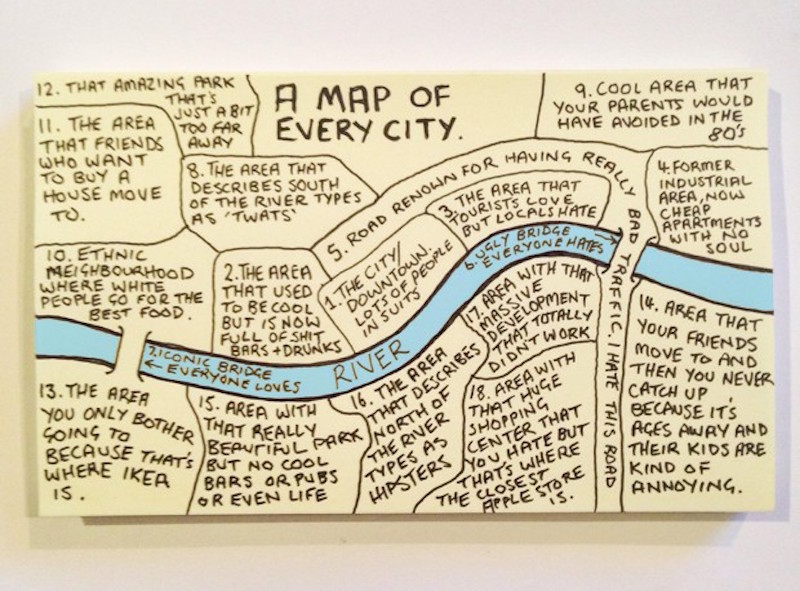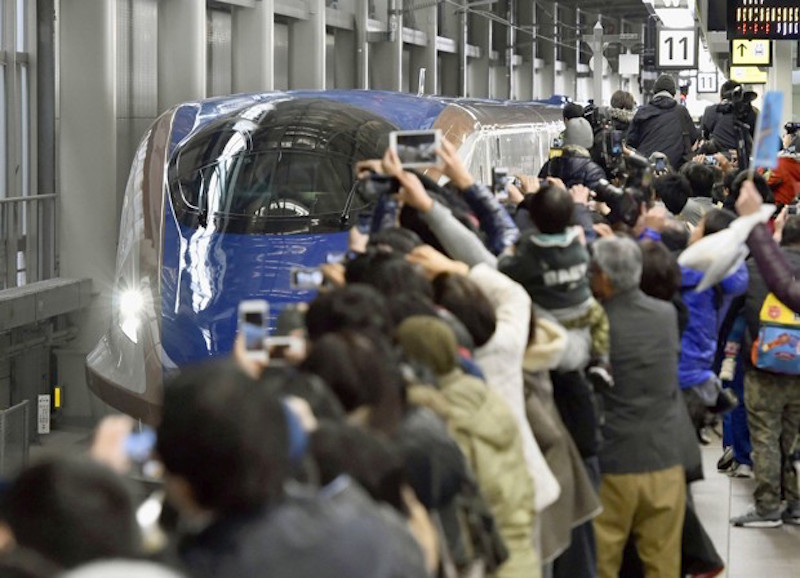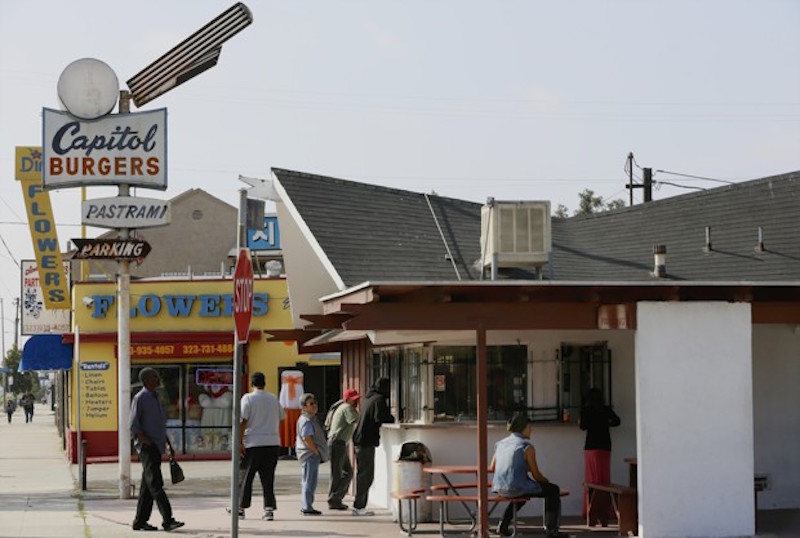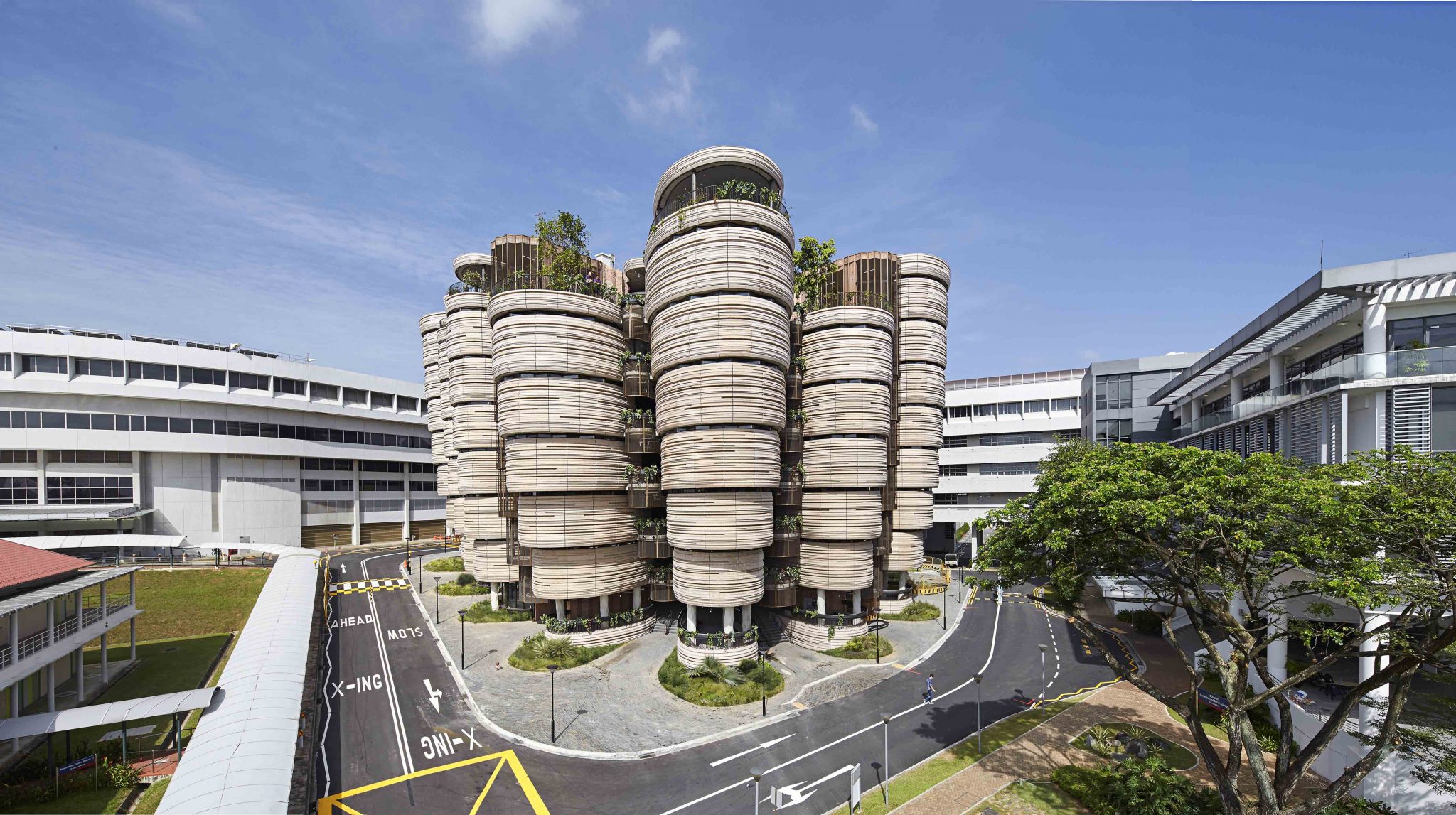A roundup of the best stories on cities and urbanism we’ve come across in the past seven days.

Drawing the ‘Map of Every City’ – Chaz Hutton, Medium
Last weekend I drew a map on a post-it note. Then I posted it on Twitter. 48 hours later it had 3000 re-tweets. Here’s (I think) why that happened…
The map isn’t a map of a city in the literal sense. Sure, the layout of the graphic mimics that of a map, with areas arranged in 2 dimensional space, with two bridges and a river lending it some kind of geographical framework.
However, it’s not actually a map of a city, not in the traditional sense anyway. Rather it’s a map of people’s experience of living in cities: The changing circumstances of people as they get older and have children, the way ‘cool’ areas emerge from formerly ‘rough’ areas and are then invariably compared to the less-cool, traditionally wealthy areas, the kind of areas that an Ikea needs to be built for it to be profitable. All these things are endemic to most large cities, with most of them the outcomes of events situated at some point along the gentrification arc.
From our partners:
Why Homes in Major U.S. Cities Are Nearly Impossible to Afford – Abigail Sindzinski, Curbed
In one narrative of the past versus present in major cities today, home buying was comparatively affordable. For certain strata, housing, like college tuition for a few children, was counted as an achievable goal. Now, New Yorkers, who have long lamented the high cost of housing, are joined in their complaints by Los Angelenos, Seattleites, and, perhaps most vocally, San Franciscans. Thanks to the changing structures of income and supply, the cost of housing in major cities has become the economic focal point of adulthood.
This fall, I perused open houses in my native Bay Area. I visited parts of West Oakland, the Oakland Hills, and Temescal, as well as $3 million duplexes in San Francisco. In Noe Valley, positioned in the southern area of San Francisco and readily accessible to the 101 and the Peninsula, I saw a Victorian that had undergone an extensive redesign and emerged with the angularity of a new Brooklyn condo amid historic San Francisco. It boasted heavily updated smart-tech amenities (Nest thermostats, a plug for your Tesla), a generously usable kitchen, and an enviable backyard. It sold for $500,000 over asking at $3.7 million in late October. Just the previous year, it had sold for $1.65 million.
In San Francisco, Los Angeles, New York, and elsewhere, home prices have changed dramatically throughout the latter part of the 20th century. As the Census Bureau explains of housing nationwide, “[m]edian home values adjusted for inflation nearly quadrupled over the 60-year period since the first housing census in 1940.” Median home prices in Boston rose 153 percent, and in San Francisco 81 percent, between 1980 and 2000, according to research by economists Edward L. Glaeser, Joseph Gyourko, and Raven Saks.

Japan and Trains: The Love Affair – Mat Smith, Engadget
Snowfall causing train delays is nothing new. In the UK, where I’m from, this happens with hilarious, infuriating regularity. But last week, the first snow of 2016 brought Tokyo’s central railway lines and Metro to a halt: hour-long delays between stations normally located minutes apart, packed platforms and a lot of complaints. That’s because Japan’s railway system typically works flawlessly, from the immaculately clean trains that service the distant southern isles of Japan to the experimental high-speed, floating maglev cars that might hit 372 miles per hour. If you love trains, you’ll love Japan. And I just love them.
Let’s start with that long-standing symbol of high-tech Japan: bullet trains or Shinkansen. Japan’s first high-speed railway opened in 1964 and cut journeys between Tokyo and Osaka by two hours, down to four, making it as fast as air travel. (In Japan, low-cost airlines have only recently started to expand too, and many are now cheaper than a bullet train ride.) Even so, since its inception 5.6 billion people have ridden on the Tokaido between Tokyo and Osaka. To date, there hasn’t been a single fatal accident involving passengers aboard a bullet train.
The nation’s bullet train safety record is impressive, but this is even more so: The average delay of a bullet train trip along the entire Tokaido line is just 54 seconds, including disruptions due to natural disasters. When local (read: slower) Japan Rail trains are delayed over five minutes you can request a “delay certificate” to show your confused boss when you appear for your salaryman duties a little bit late.

The Disappearing Roadside Hamburger Stands of Downtown Los Angeles – Max Podemski, The Guardian
On 8th street in the heart of downtown Los Angeles, a single stair leads to a raised, red and white tile platform. This trash-strewn urban ruin is tucked into the corner of a large parking lot within sight of the neon marquees of the Broadway theatre district. It is what remains of Taco House, one of LA’s iconic hamburger stands, which are quickly being erased from this rapidly transforming city.
Los Angeles is, of course, inextricably associated with the automobile, and it was here that many suburban building types – from modernist homes to fast-food restaurants – were pioneered. But it is changing: five transit lines are being built, and cranes loom over the city’s boulevards. The epicentre of this transition is the once moribund downtown, where a denser and wealthier city is displacing, among other things, one of its old, car-oriented icons.
The hamburger stand is part of southern California’s rich tradition of roadside architecture. These buildings are typically 100 square-foot boxes, with an outdoor window to order and pick up food. Next to the structures are rudimentary dining areas, often consisting of no more than a plastic tarp and a few fold-up chairs and tables. To compensate for their diminutive size, the stands sometimes have large signs and, in more elaborate cases, are decorated to resemble everything from a log cabin to a traditional Korean house.
LA’s hamburger stands have held the fascination of visiting critics since the 1970s. Architects Denise Scott Brown and Robert Venturi famously coined the terms “ducks” and “decorated sheds” to describe buildings such as these, that use signage or elaborate decoration to signify their purpose. Reyner Banham, in his seminal book Los Angeles: The Architecture of Four Ecologies, wrote rapturously about hamburgers as being “a work of visual art” and a “fantasia on functional themes”, comparable to the buildings in which they are sold.

The Ticket Machine – Alex Campbell and Kendall Taggart, BuzzFeed
PORT ARTHUR, Texas — Officer Rickey Antoine is known around town as the man who gave his own mother a traffic ticket. She was driving 42 miles an hour in a 30 zone, out by the high school football stadium, the story goes. “She said, ‘Boy, quit playin’ with me,’” Antoine recalled. But Sadie Mae Antoine’s son makes no exceptions. His mom drove away with a ticket, Antoine said, and she didn’t cook him chicken dinner for the next couple months.
Antoine, 49, wears sport sunglasses and drives a fuel-black Dodge Charger he calls Roxanne, after the way Eddie Murphy sang the Police song in Beverly Hills Cop. “My Roxanne loves putting on her red lights,” he said. Roxanne often rumbles past Port Arthur’s empty lots and abandoned storefronts as Antoine scours the area for misbehaving motorists. Cameras peer out from the top of Roxanne’s trunk, their lenses scanning license plates in search of drivers who haven’t paid off their traffic fines.
Antoine launched a traffic-policing juggernaut in this small Gulf Coast city. Back in 2007, his bosses at the Port Arthur Police Department tapped him for a brand-new kind of job: writing up driving infractions full-time. Antoine went on a ticketing binge, and, propelled by all the new money from fines, city leaders expanded the traffic unit from just him to eight officers.
Then, with the help of the cameras, which automatically scan the license plates of nearby cars as police cruisers drive around town, the team expanded its reach to target not just people breaking the rules of the road, but also those who owe money from prior infractions.
This feature originally appeared in Citylab.


















